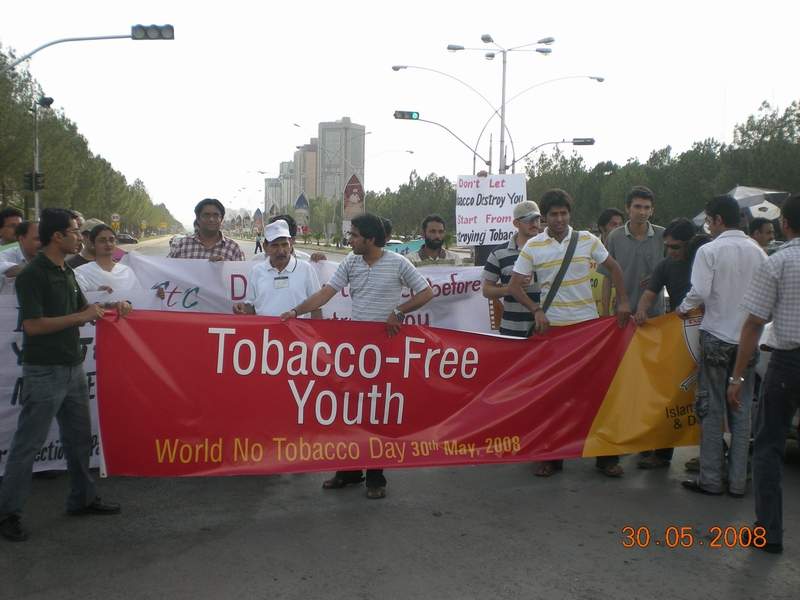Tobacco Control Detail
The first attempts to respond to the health consequences to tobacco use followed soon after the introduction of tobacco to Europe. Pope Urban VII's thirteen-day papal reign included the world's first known tobacco use restrictions in 1590 when he threatened to excommunicate anyone who "took tobacco in the porchway of or inside a church, whether it be by chewing it, smoking it with a pipe or sniffing it in powdered form through the nose".[1] The earliest citywide European smoking restrictions were enacted in Bavaria, Kursachsen, and certain parts of Austria in the late 17th century.
In Britain, a response to the still-new habit of smoking met royal opposition in 1604, when King James I wrote A Counterblaste to Tobacco, describing smoking as: "A custome loathsome to the eye, hateful to the nose, harmeful to the brain, dangerous to the lungs, and in the black stinking fume thereof, nearest resembling the horrible Stigian smoke of the pit that is bottomeless." His commentary was accompanied by a doctor of the same period, writing under the pseudonym "Philaretes", who as well as explaining tobacco's harmful effects under the system of the four humours ascribed an infernal motive to its introduction, explaining his dislike of tobacco as grounded upon eight 'principal reasons and arguments' (in their original spelling):
The first attempts to respond to the health consequences to tobacco use followed soon after the introduction of tobacco to Europe. Pope Urban VII's thirteen-day papal reign included the world's first known tobacco use restrictions in 1590 when he threatened to excommunicate anyone who "took tobacco in the porchway of or inside a church, whether it be by chewing it, smoking it with a pipe or sniffing it in powdered form through the nose".[1] The earliest citywide European smoking restrictions were enacted in Bavaria, Kursachsen, and certain parts of Austria in the late 17th century.
In Britain, a response to the still-new habit of smoking met royal opposition in 1604, when King James I wrote A Counterblaste to Tobacco, describing smoking as: "A custome loathsome to the eye, hateful to the nose, harmeful to the brain, dangerous to the lungs, and in the black stinking fume thereof, nearest resembling the horrible Stigian smoke of the pit that is bottomeless." His commentary was accompanied by a doctor of the same period, writing under the pseudonym "Philaretes", who as well as explaining tobacco's harmful effects under the system of the four humours ascribed an infernal motive to its introduction, explaining his dislike of tobacco as grounded upon eight 'principal reasons and arguments' (in their original spelling):
Tobacco Control
Tobacco Control
Tobacco Control
Tobacco Control
Tobacco Control
Tobacco Control
Tobacco Control
Tobacco Control
Tobacco Control
Tobacco Control
Tobacco Control
Tobacco Control


No comments:
Post a Comment